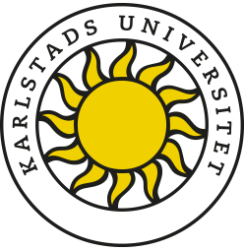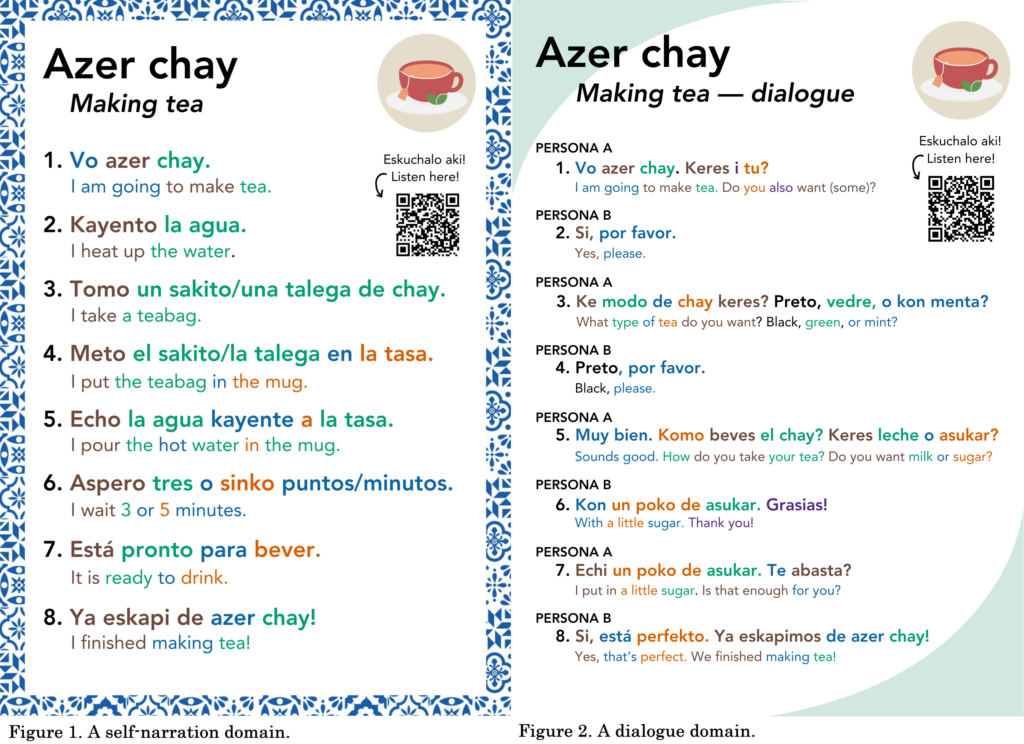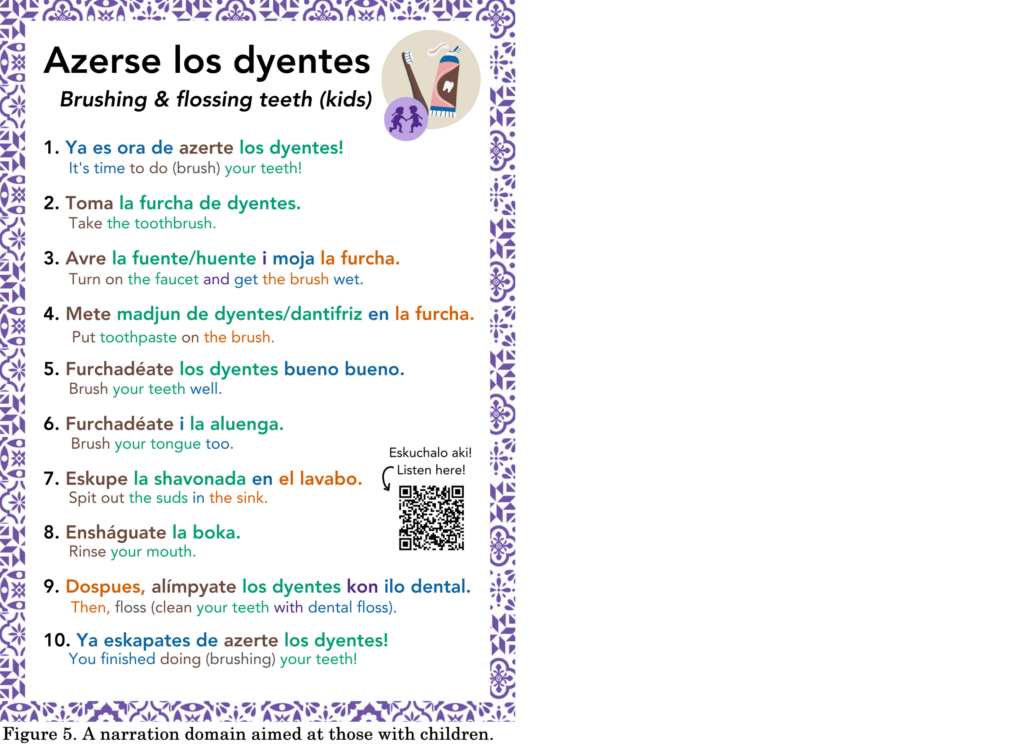Anne Reath Warren, Associate Professor at the Department of Education at Uppsala University
Earlier this year, a new volume on multilingual perspectives in teacher education was published by Language Science Press. The volume presents seven empirical studies, all addressing questions concerning how teacher education prepares student teachers in the Nordic region for their work in linguistically diverse classrooms. In the age of globalisation, linguistically diverse classrooms are very much a feature of the Nordic region, meaning there are significant numbers of school-age children who speak one or more languages in addition to the national, majority languages. Sweden has the largest proportion; 30% in the compulsory school (Statistics Sweden, 2023) and at 8%, Finland has the lowest (Statistics Finland, 2023). Despite these numbers, research in Denmark, Finland, Norway, Iceland and Sweden indicates that teachers do not always feel prepared to work in linguistically diverse classrooms. The contributions in the volume help us to understand why this is the case, and to identify common challenges in lifting multilingual perspectives in teacher education across the Nordic region.
What are linguistically diverse classrooms, and what is it about teaching in them that teachers in the Nordic region find challenging? Linguistically diverse classrooms are populated by teachers and students who use a range of different languages in their daily lives. The classrooms may also include newcomers (students who are recent migrants, in the process of learning the national Nordic majority language) and other students with histories of migration. As well as having different competences in the languages they speak, teachers and students in linguistically diverse classrooms have different relationships to their languages. Teachers who are not used to teaching in such classrooms, who are unaware of the processes involved in multilingual development, or who have not had the opportunity to learn about them during teacher education, may struggle to meet the needs of some students in such classrooms. Students who use several languages in their daily lives may or may not struggle to understand lessons delivered in the majority language only. However we know that newcomers in particular, face challenges in schools where achievement is most commonly measured monolingually (e.g. Cummins, 2000).
Language and learning are intrinsically connected; we develop and perform our knowledge in language. Language development outcomes for multilingual students thus impact directly on school success, which in turn impacts access to higher education and life trajectories. It is, thus, crucial that all teachers understand how to support language as well as knowledge development among all students, including those with different linguistic backgrounds. A complex range of ideological, social/structural, school/classroom factors, as well as individual students’ talents and limitations, influence individual multilingual development. The education of the teacher has a significant impact on their students’ language development, as much of early language development and formal learning take place in schools. Without teacher education about multilingual development, there is a risk the teachers may continue to believe some of the persistent myths about language learning, for example that young immigrant students simply pick up new languages, if they hear and use them enough. However, the reality is that language learning is hard work at any age. While younger children seem to be better at sounding like a local (in other words, they can pick up the local accent and pronunciation) than adult learners, it takes a long time and consistent support to develop the more complex language used at schools, and necessary for school achievement.
Why is the Nordic region of interest when it comes to understanding this issue? The Nordic countries are often presented as progressive societies founded on values of equal opportunity, social justice and modernity (Blossing et al., 2014). Indeed, since the 1970’s, education policies in the region prescribe the right to second language education, mother tongue education and tutoring in the mother tongue, all designed to support language and knowledge development among multilingual and emergent multilingual students. However, the socio-political setting has changed in the Nordic region. At the same time as schools are becoming increasingly linguistically diverse, debates about the raison d’étre (actually need) for the above-mentioned policies and rights has become louder, in some regions has resulted in more restrictive policies regarding mother tongue education (Alisaari et al., 2023). According to Lundahl (2016), the ability of the Nordic countries to provide all students, including newcomers and other multilinguals, with “inclusive, equal education and a fair chance to start a new life” (p. 10) constitutes a significant test for the “Nordic model” of education. The role that teacher education plays in providing inclusive and equal education to students with varying linguistic backgrounds is clearly crucial. The studies in the volume examine how teacher education in Denmark, Finland, Norway, Iceland and Sweden prepare students teachers for their future work in linguistically diverse classrooms from a range of different perspectives, and several common themes can be identified.
The first theme concerns how to integrate multilingual perspectives into teacher education, and specifically whether to incorporate one obligatory subject focusing on theories and approaches to teaching in linguistically diverse classrooms, such as the Danish model (see Østergaard et al., 2024), or to instead include a strand that addresses these issues across all subjects. While a core course ensures that all pre-service teachers have the opportunity to learn about linguistic diversity and education, the results reported by Østergaard and colleagues (2024) imply that it cannot be taken for granted that this approach results in the acquisition of in-depth theoretical or pedagogical knowledge. None of the chapters in this volume present an alternative model. However, the potential advantages of a multilingual strand running through all courses include the possibility that pre-service teachers learn subject-specific multilingual approaches, and that they would be regularly reminded of the importance of applying multilingual perspectives in teaching. Another alternative is to have both a core course on linguistic diversity and infusing it in all other subject areas, as recommended by Foley and colleagues (2022).
The second theme concerns the tensions in schools regarding which teacher, or teachers, should be responsible for multilingual students’ language development, and identifies a tendency to delegate this responsibility to language teachers (Hermansson et al., 2022). Language is however, as mentioned above, essential for learning and producing knowledge in every subject (Cummins, 2000). It is thus clear that educating all pre-service teachers about linguistic diversity and teaching approaches in linguistically diverse classrooms would be beneficial. Heikkola et al. (2024) show that language teachers are those whose knowledge about multilingualism appeared to increase the most after teacher education on that topic. While development of knowledge among any students is to be celebrated, their study should also be a motivation for developing teaching education on linguistic diversity, so that all teachers, and in turn students, benefit.
The third theme concerns the divide between theory and practice (Heikkola et al., 2024; Iversen et al., 2024; Óskarsdóttir & Gunnþórsdóttir, 2024; Wedin & Rosén, 2024). Many pre-service teachers report having acquired theoretical knowledge on multilingual development in teacher education but say they do not know how to apply this to classroom practice. While it is positive that pre-service teachers have theoretical knowledge about multilingualism, and moreover tend to frame multilingualism as something beneficial, it is equally important that theoretical knowledge is translated by teacher educators into is practical educational approaches and activities. Wedin and Rosén (2024)identified another kind of gap, this one between policies on educational support for multilingual students, and practices in schools. Their chapter provides a compelling argument for the inclusion of knowledge about these policies as well as multilingual students’ needs in teacher education programmes.
In conclusion, national policies, geo-political factors and climate change all contribute in different ways to the changing nature of immigration in the Nordic region. However, the needs of students and teachers in linguistically diverse classrooms remain the same, and need to be addressed in teacher education programmes, to provide inclusive, equal education and a fair chance to succeed in life for all students!
References
Alisaari, J., Dewilde, J., Harju-Autti, R., Heikkola, L. M., Iversen, J. Y., Kekki, N., Pesonen, S., Reath Warren, A., Straszer, B., & Yli-Jokipii, M. (2023). Mother tongue education in four Nordic countries: Problem, right or resource? Apples: Journal of Applied Language Studies, 17(2), 52–72.
Alisaari, J., Heikkola, L. M., & Harju-Autti, R. (2025). “You have to choose your words wisely”: Finnish pre-service teachers’ understandings of, and support for, multilingual students’ academic language development. In A. Reath Warren, J. Y. Iversen, & B. Straszer (Eds.), Teacher education for working in linguistically diverse classrooms: Nordic perspectives (pp. 151–178). Language Science Press.
Blossing, U., Imsen, G., & Moos, L. (2014). The Nordic education model: “A school for all” encounters neo-liberal policy. Springer.
Cummins, J. (2000). Language, power and pedagogy. Multilingual Matters.
Foley, Y., Anderson, C., Hancock, J., & Conteh, J. (2022). Exploring the professional identity and agency of student teachers in multilingual classrooms. Language and Education, 36(2), 106–121.
Gibbons, P. (2014). Scaffolding language, scaffolding learning. Heinemann Educational Books.
Heikkola, L.-M., Repo, E., & Kekki, N. (2024). Mapping pre-service subject teachers’ preparedness for linguistically diverse classrooms in Finland. Education Inquiry, 13(3), 321–337.
Iversen, J. Y., Thomassen, W., & Fylkesnes, S. (2024). Norwegian pre-service teachers’ orientations, knowledge and skills regarding multilingualism. In A. Reath Warren, J. Y. Iversen, & B. Straszer (Eds.), Teacher education for working in linguistically diverse classrooms: Nordic perspectives. Language Science Press.
Lundahl, L. (2016). Equality, inclusion and marketization of Nordic education: Introductory notes. Research in Comparative and International Education, 11(1), 3–12.
Óskarsdóttir, E., & Gunnþórsdóttir, H. (2024). Working with multilingual students in Iceland: Exploring educational experiences of newly graduated teachers. In A. Reath Warren, J. Y. Iversen, & B. Straszer (Eds.), Teacher education for working in linguistically diverse classrooms: Nordic perspectives. Language Science Press.
Østergaard, W., Sigsgaard, A.-V. M., Worm, C., Wulff, L., Heiden, T. R., & Markussen, A.-L. (2024). How pre-service teachers in Denmark demonstrate understandings of multilingualism. In A. Reath Warren, J. Y. Iversen, & B. Straszer (Eds.), Teacher education for working in linguistically diverse classrooms: Nordic perspectives. Language Science Press.
Statistics Finland. (2023). Väestön ennakkotilasto [Preliminary population statistics]. Tech. rep. https://www.stat.fi/til/vamuu/index.html
Statistics Sweden. (2023). Sveriges befolkning [Population of Sweden]. https://www.scb.se/hitta-statistik/sverige-i-siffror/manniskorna-i-sverige/sveriges-befolkning/
Thomas, W. P., & Collier, V. P. (2002). A national study of school effectiveness for language minority students’ long-term academic achievement. Center for Research on Education, Diversity & Excellence. https://eric.ed.gov/?id=ED475048
Wedin, Å., & Rosén, J. (2024). Study guidance in the mother tongue: Legitimate knowledge and the emergence of a profession in Swedish schools. In A. Reath Warren, J. Y. Iversen, & B. Straszer (Eds.), Teacher education for working in linguistically diverse classrooms: Nordic perspectives. Language Science Press.




